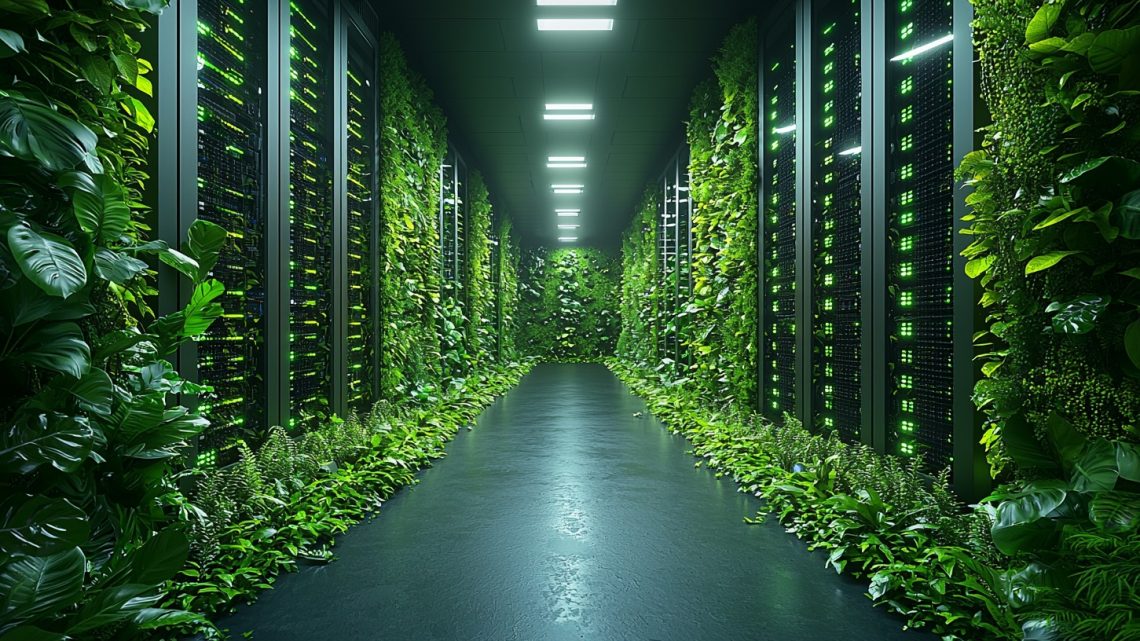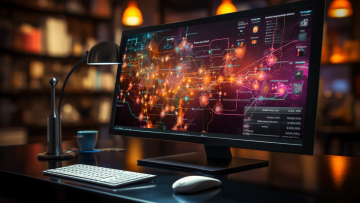The green economy has become a modern concept of socio-economic development. At the core of this vector is caring for the ecosystem and ensuring an interaction between humans and nature that meets the needs of both simultaneously. This becomes a vital necessity for society since the state of the environment is one of the determining factors of its well-being.
The development of the IT industry and global digitalization have contributed to the emergence of green information technologies, or Green Computing. This concept was developed in the US in 1992, following the launch of the voluntary Energy Star labelling program. Environmentally friendly virtual private servers have become a reality today. In this article, we will talk about Green Computing in its modernity.
Green IT: computing to protect the environment
Companies’ IT initiatives and, in general, the digitalization of many areas of society are leading to a growing demand for business computing. Equipment for data centers in any current production sector is no exception.
The need to analyze a lot of information within enterprises makes businesses install more and more servers. However, the harmful emission of data centers is about a quarter of the total energy consumption of the average enterprise.
Electricity savings at European data centres can be achieved by replacing outdated equipment with modern, innovative, and energy-saving devices. Experts estimate that this approach will save more than 50% of electricity costs in data centres all over the world.
The Norwegian Green Mountain data center is a striking example of the modern use of green technologies in the IT sector. This DPC is located in an underground bunker and cooled by water from the nearest fjord.

Development and maintenance problems
Data centers with VPS in USA and Europe are both super-powerful energy consumers and heavy-duty heat sources. Although the physical environment of the data center is always regulated, the air conditioning process is used to control temperature and humidity in the data center. Most data centers use chillers for processing equipment.
Electricity consumption is another problem. The Power Usage Efficiency, or PUE factor, was proposed by the international organization Green Grid almost twenty years ago. The summary data helps the specialists to give an assessment of energy consumption management of the particular data center based on the figures obtained in the PUE points assessment.
An increasing number of customers are interested in environmental solutions. Greenpeace publishes the results of Clicking Clean, a ranking of the world’s largest high-tech polluters. This motivates data center owners to switch production processes to renewable energy.
IT solutions can help reduce global carbon emissions by reducing energy consumption. Because of energy-efficient information technology used in various industrial facilities, the economy is becoming more and more revolutionary every year.
Conclusion
Any business should take into account current trends in order to become successful and profitable. Many eco-technologies and green technologies are based on IT solutions today. They are the result of using modern ecological, technological, and economic techniques to solve complex problems.
The information technology sector of the modern global market develops and uses computing tools with minimal harm to the environment. In turn, they stimulate the green direction of development of other production industries.





